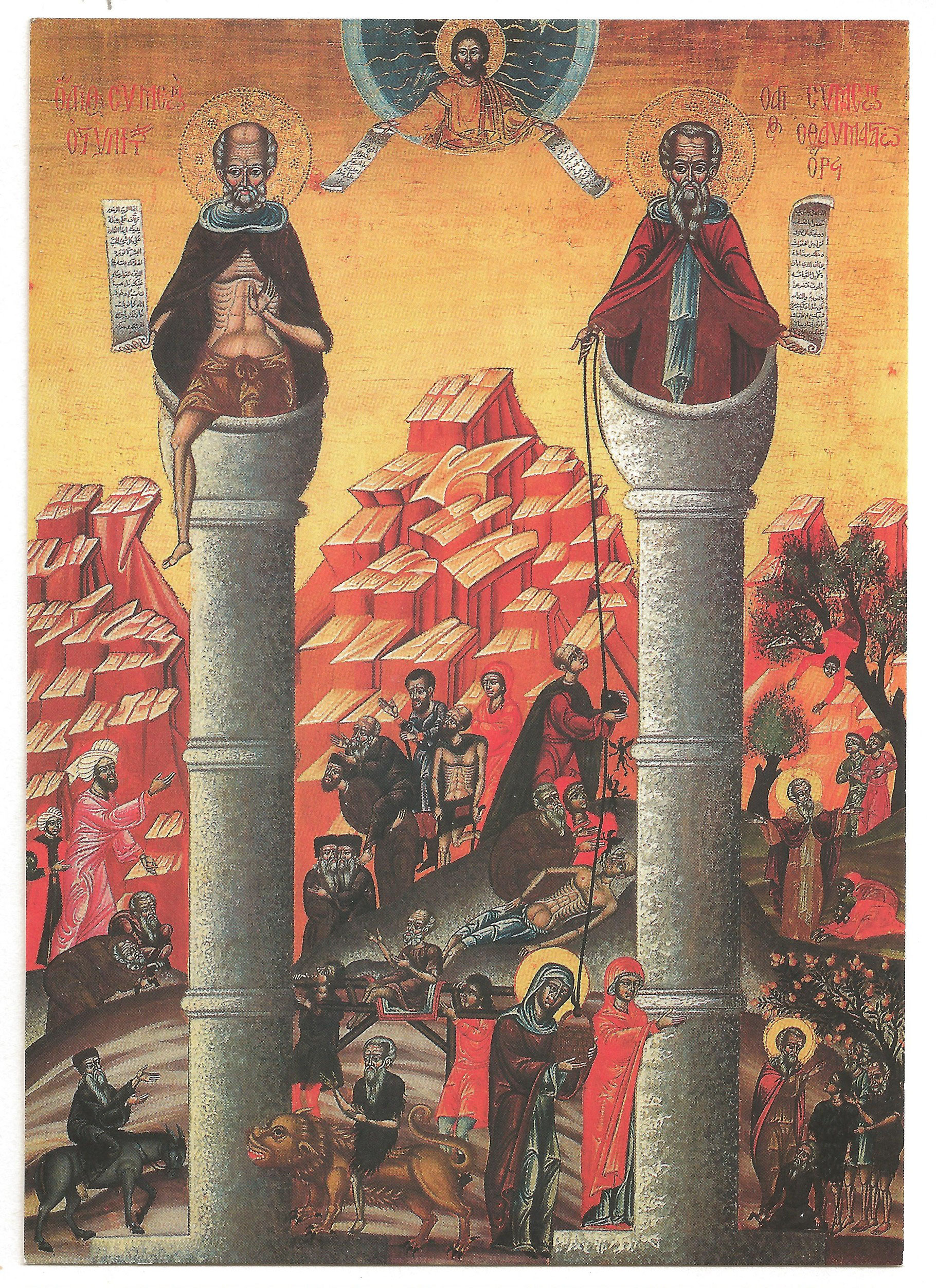created 2025-03-11, & modified, =this.modified
Thought
The Hunger Artist is my favorite Kafka story.
Certain people will try to look at art and demean it because “anyone could do it.” Maybe this is the case here too, but it seems like Endurance art can often be directly tied to that kind of suffering or “time spent” when creating something. You have the option to not paint, and not buy the paint and the brushes and spend the time and learn and fail and fail and fail. With a type of endurance art you kind of go directly to dropping the paint, and channeling the hardship into “making” something. An aspect of the creation is there for the feelings of the creator, and through those viewing it.
Endurance Art
Endurance art is a kind of performance art involving some form of hardship, such as pain, solitude or exhaustion.
The origins trace back to human endurance contest and Chris Burden, who spent five days in a locker in Five Day Locker Piece (1971) and also had himself shot in Shoot (1971).
Tehching Hsieh’s One Year Performance 1980–1981 (Time Clock Piece), in which for 12 months he punched a time clock every hour, and Art/Life One Year Performance 1983–1984 (Rope Piece), in which Hsieh and Linda Montano spent a year tied to each other by an eight-foot rope.
Sitting and Smiling
Sitting and Smiling is an endurance art performance by Benjamin Bennett. In a typical performance, Bennett looks into a video camera recording him while sitting and smiling motionless for four hours.
Hunger Artist
Hunger artists or starvation artists were performers, common in Europe and America in the 18th, 19th and early 20th centuries, who starved themselves for extended periods of time, for the amusement of paying audiences. The phenomenon first appeared in the 17th century and saw its heyday in the 1880s. Hunger artists were almost always male, traveled from city to city and performed widely advertised fasts of up to 40 days.
Stylite
Stylite (Ancient Greek: στυλίτης (stylitēs) “pillar dweller”, derived from στῦλος (stȳlos) “pillar” and Classical Syriac: ܐܣܛܘܢܝܐ (astˁonāyā)) or pillar-saint is a type of Christian ascetic who lives on pillars, preaching, fasting and praying. Stylites believe that the mortification of their bodies would help ensure the salvation of their souls. Stylites were common in the early days of the Byzantine Empire. The first known stylite was Simeon Stylites the Elder who climbed a pillar in Syria in 423 and remained there until his death 36 years later.
Thought
Food and control. Many of these endurance tasks have starvation as an aspect. In isolating yourself from the community, and enduring, you necessitate altered eating practice. Eating is a fundamental act of existence, like sleep.
Fasting, a common theme of religion.
Cults will use food deprivation as a matter of control, inducing weakness (physically and of critical thinking.)
